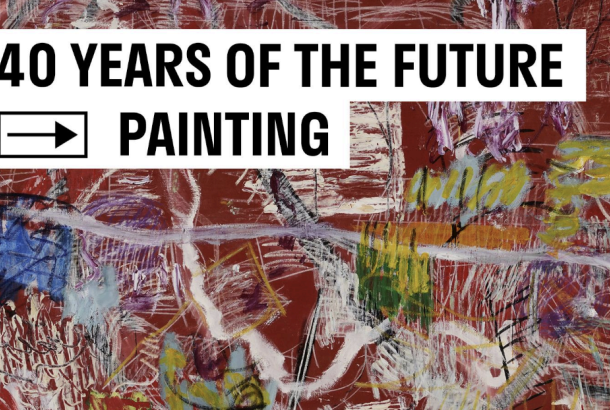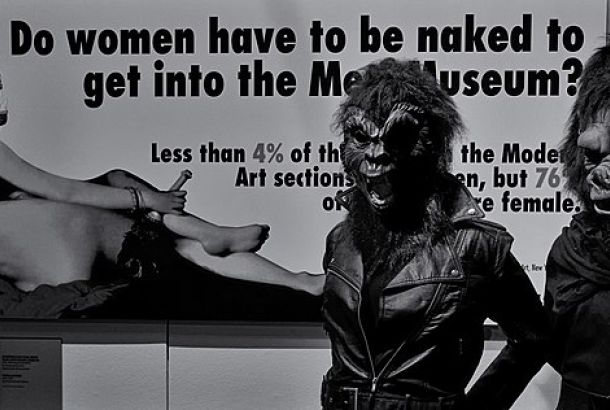Artist Dinu Li’s ‘Phantom’s Vibe,’ explained
By Kailyn Huang

In Dinu Li’s solo exhibition, a record player sings reggae. Above it, a limp splay of black hair brings to mind images of the ghostly Japanese Yūrei. Further inside a dim room, cast in warm reds and oranges, seemingly random objects form chaotic arrangements, creating contorted shadows on the cold floor. A haunting melody weaves across the space, seeping into everything it can reach. In between intervals, the echoing voices of women are audible- a ritual call, or a song to be performed, against the backdrop of a vaguely Jamaican tune.
A Phantom’s Vibe is a manifestation of the ghostly characters in Li’s life. It was upon encountering the ghost of ‘Always Together’ for the third time that Li conceived the idea for this exhibition, which evokes echoes of an older Hong Kong, and the bonds of slavery, all kept alive throughout the music of the present.
It’s not unreasonable to suggest that more than a few visitors to the Esea Contemporary left the exhibition somewhat bewildered. After all, what connection can there be between the night markets of Hong Kong and blues parties of Hulme and Moss Side, let alone Jamaican recording studios? The imagination can only stretch so far. Do hair extensions and cable ties truly evoke the ambience of Hong Kong markets? To understand this ‘phantom vibe,’ one would have to know Li himself.
That’s why only those who have attended one of Li’s exhibition tours will fully understand the true intentions behind this eccentric display.
A Phantom’s Vibe does not seek relatability or attempt to reproduce reality. Instead, it narrates a deeply personal experience in fragments held together by loose threads. Li’s strategic displays of chaos do not seek to please the eye. They are often uncomfortable: tangled strands of hair fall ungracefully over bent rods with zip ties for branches. A mop of brightly coloured fur patches is mounted atop a rudimentary stick, like an impaled Furby. It’s up to the viewers to imagine the poetry of these stupefying arrangements, which have been picked and gathered from Li’s adventures through Hong Kong, the UK, and the Chinese hinterlands.
In his final tour at Esea Contemporary on October 28, Li shared the story of his early childhood in working-class Hong Kong his formative years in South Manchester, and the phantom strings that keep his past tied to his present.
“In the backstreets of Hong Kong, I heard the song that you can hear now,” he said. A man’s muffled, crooning voice was streaming in from the exhibition room.
Although rendered unrecognisable by Li’s audio mixing, the song is Shanghai singer Stephen Cheng’s ‘Always Together’ (1967), which was recorded and released by Jamaica’s Sunshine Records. Interspersed within the song’s bass guitar chords is the haunting chant of China’s Miao tribe, known for their headdresses woven from their ancestor’s hair– a culture Li immersed himself in during his months living with the tribe.
Li describes his relationship with ‘Always Together’ as a ghost clinging to his person. Though the song was omnipresent in his Hong Kong life, he hardly expected it to follow him into the Black-hosted blues parties of Manchester, and appear much later on YouTube.
His fascination with reggae music led him to the song’s place of production: Jamaica.
“The Opium War was going on at the same time as the abolition of the slave trade,” Li noted. “The same ships that took Africans across the Atlantic were the same ships that took the Chinese to begin filling the vacuum of African slaves.”
A historical photograph featuring a Chinese man tied to a pole suggests that “indentured servant” was merely a title and hardly the truth.
“When you go into my exhibition, you see things being entangled– you see ropes. I’m referencing people sailing to grab and enslave people. The archive, for me, becomes an active agent [for my art],” Li explained.
Towards the end of his presentation, Liu posed a question: “At what point does a sound become a phantom?”
His transformation of sound into a ‘phantom’ prompts reflection on the intangible yet palpable imprints and essences of cultural experiences. In the odds and ends of its enigmatic landscape, “A Phantom’s Vibe” invites viewers to navigate the personal memories and historical echoes within this artist’s retrospective.







